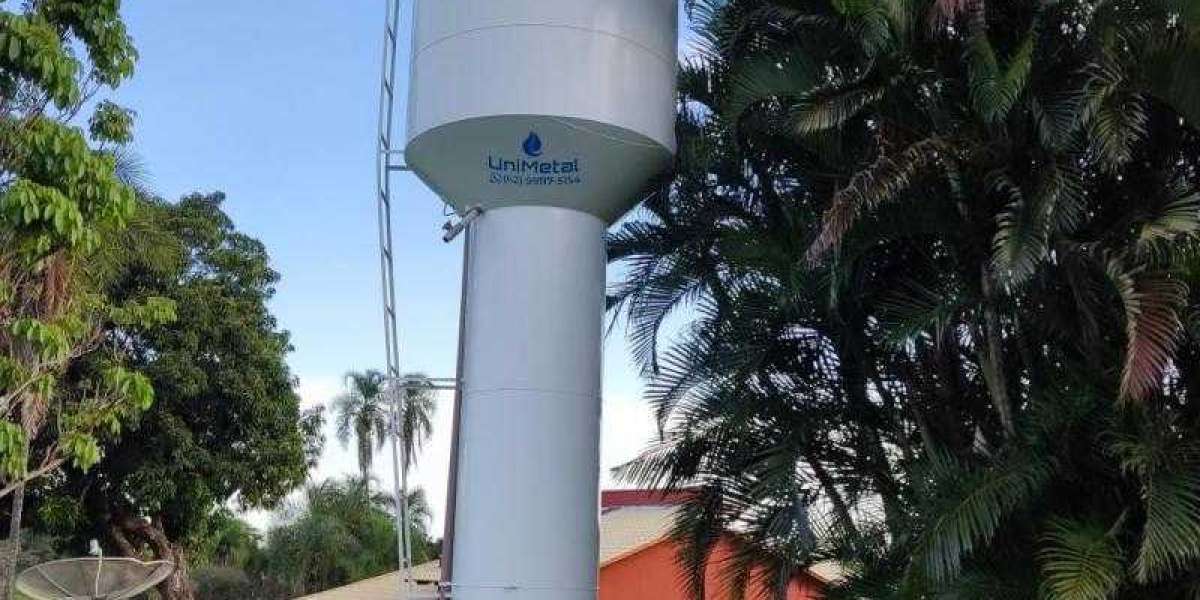ISO 3834 certification is a globally recognized standard that delineates comprehensive quality requirements for fusion welding of metallic materials. Developed by the International Organization for Standardization (ISO), this standard serves as a benchmark for organizations involved in welding processes, ensuring their adherence to stringent quality control measures throughout the welding lifecycle.
Understanding ISO 3834
Importance of Welding Quality
Welding is a critical process in numerous industries, including automotive, construction, aerospace, and manufacturing. Ensuring high-quality welds is paramount to the structural integrity, safety, and reliability of various products and structures. ISO 3834 plays a pivotal role in guaranteeing the quality of welded components and assemblies.
Comprehensive Quality Framework
ISO 3834 is not a one-size-fits-all standard. It comprises various parts, each focusing on specific aspects of the welding process. These parts cover quality requirements related to personnel, materials, equipment, welding procedures, and documentation, among others. Compliance with these requirements results in an efficient, controlled, and consistently high-quality welding process.
Key Components
- Quality Management System (QMS):
ISO 3834 emphasizes the establishment of a robust QMS tailored to welding processes. This involves defining roles, responsibilities, procedures, and documentation necessary to ensure quality at every stage.
- Competence of Personnel:
The standard highlights the significance of competent personnel involved in welding activities. Proper training, qualifications, and experience of welders and supervisors are crucial for meeting quality objectives.
- Materials and Equipment:
ISO 3834 mandates the use of suitable materials and equipment that meet specified quality standards. This includes assessing the suitability of welding consumables, base materials, and welding machinery.
- Welding Procedures and Control:
The standard outlines the need for well-defined welding procedures, including pre-welding, during welding, and post-welding activities. Additionally, it emphasizes process controls to minimize defects and ensure consistency.
Achieving ISO 3834 Certification
Compliance with ISO 3834 involves a series of steps:
- Assessment and Gap Analysis: Organizations typically start by evaluating their existing welding processes against the ISO 3834 requirements to identify gaps and areas that need improvement.
- Implementation: This phase involves implementing necessary changes, developing documentation, and establishing processes aligned with the standard's requirements.
- Internal Audits: Regular internal audits help in monitoring compliance and identifying areas for corrective actions and continual improvement.
- Certification Audit: Once ready, organizations undergo an external audit by a certification body to assess their compliance with ISO 3834 standards.
Benefits of Certification
- Enhanced Quality: ISO 3834 certification ensures consistent, high-quality welding, leading to stronger, more reliable products and structures.
- Compliance and Market Advantage: Certification demonstrates compliance with international quality standards, potentially opening doors to new markets and customers.
- Cost Savings: Reduced rework, fewer defects, and improved efficiency in welding processes lead to cost savings in the long run.










